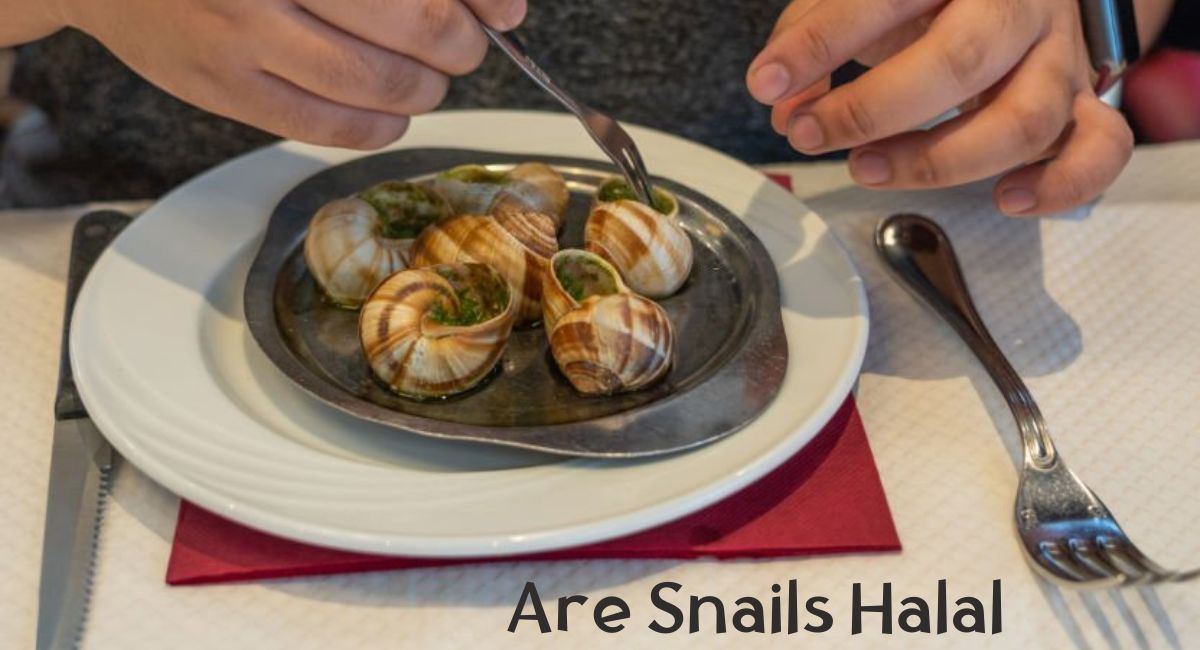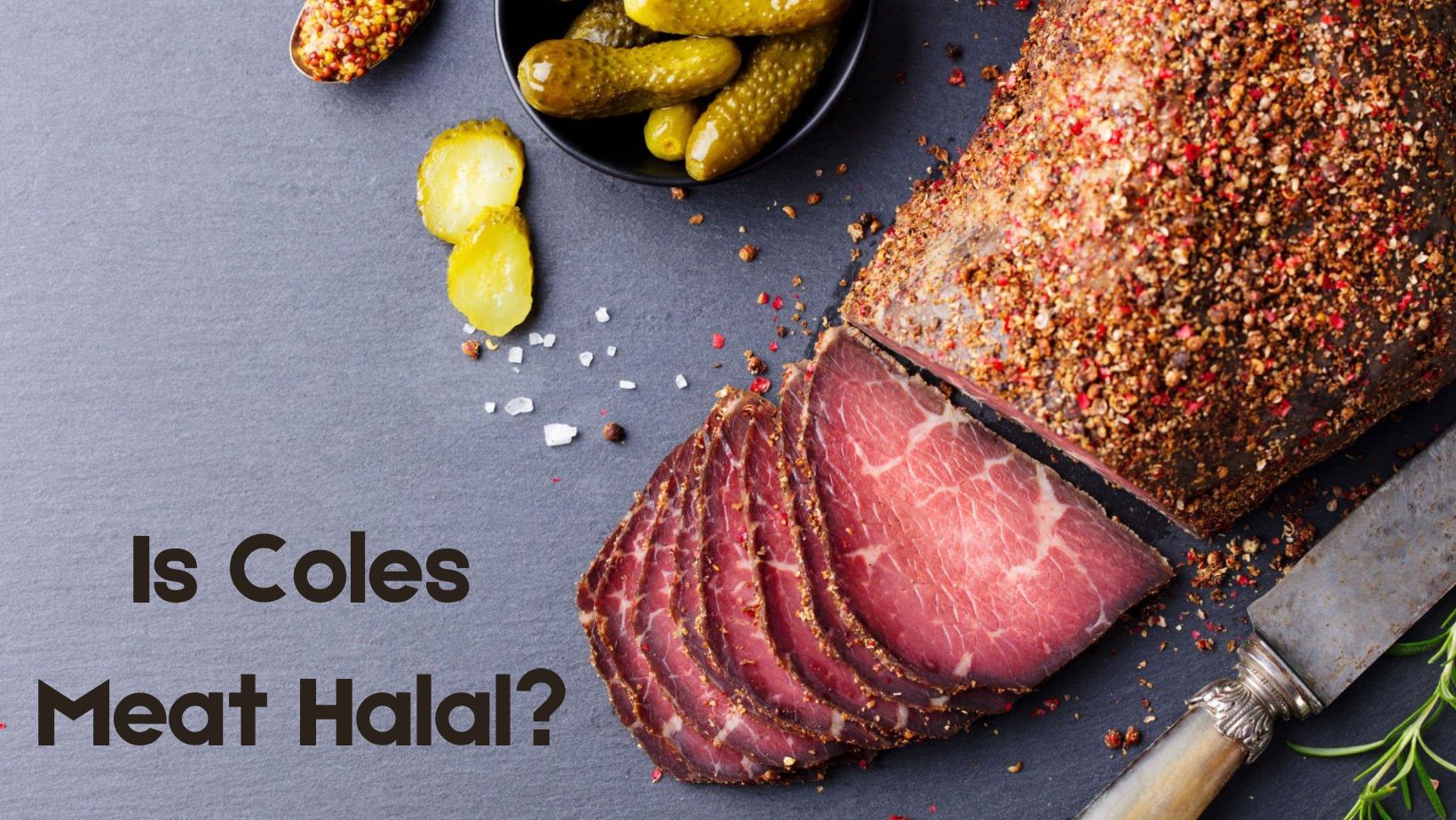Snails, both land snails and sea snails, have been part of various culinary traditions around the world for centuries. However, when it comes to their permissibility in Islam, there are differing opinions among scholars. To understand the religious perspective on snails, it is essential to delve into the sources of Islamic jurisprudence and consult relevant interpretations.
This article aims to provide insight into the topic of snails and their halal status within the context of Islamic teachings. By examining scholarly opinions, religious texts, and authoritative sources, we seek to shed light on the permissibility of consuming snails for those adhering to Islamic dietary guidelines.
What are Snails
Snails are a type of mollusk belonging to the class Gastropoda. They are characterized by their spiral-shaped shells and slow movement. The term “snail” is commonly used to refer to land snails, which are terrestrial pulmonate gastropods.
However, it can also include various species of sea snails and freshwater snails that have coiled shells large enough for the animal to retract completely into. Snails have a distinct head and a retractile foot that they use for locomotion. They typically move by contracting and expanding their muscular foot, leaving behind a trail of slime.
Snails can be found in a wide range of habitats, including forests, deserts, gardens, and aquatic environments. They play important roles in ecosystems as decomposers, herbivores, and prey for other animals.
Some snail species are considered pests in agriculture and horticulture because they can damage crops and plants. However, snails also have cultural significance in certain regions, where they are consumed as food. In some cuisines, such as French cuisine, edible land snails, commonly known as escargot, are considered a delicacy.
Types of Snails
Edible snails are considered a delicacy in many cultures and are enjoyed for their unique flavor profiles. Here are some types of snails that are commonly consumed as food:
- Helix aspersa or Petit Gris: This species is commonly known as the “garden snail” or “petit gris.” It is a popular choice for escargot dishes in French cuisine. The snails are baked with butter, garlic, and herbs like dill and parsley, which impart a rich and earthy flavor.
- Helix pomatia or Roman Snail: The Roman snail is another species commonly used for culinary purposes. It has a distinctive shell and is native to Europe. The flavor of the Roman snail is described as delicate and slightly sweet.
- Achatina fulica or Giant African Land Snail: Although the Giant African Land Snail is primarily considered an invasive species, it is also consumed in certain regions. The taste of this snail is often likened to that of other escargot varieties, with a similar flavor profile of earthiness and richness.
These snails are commonly prepared in various ways, such as baking them with butter, garlic, and herbs or incorporating them into stews and sauces. The flavor profiles of edible snails are often described as rich, earthy, slightly sweet, and complemented by the added ingredients used in their preparation.

Are Snails Poisonous
Edible snails, such as certain species of land snails, can be considered safe to eat if they are properly prepared and sourced. These snails can serve as high-quality food for the human diet. However, it’s important to note that snails have the potential to accumulate trace elements in their tissues, which may include toxic minerals from their environment. The bioaccumulation of these minerals can vary among different snail species and geographic locations.
The presence of toxic and potentially toxic minerals in edible land snails has been a subject of study. Researchers have explored the concentration of mineral elements in both the edible parts and shells of edible land snails, such as Cernuella virgata, Helix aperta, and Theba pisana species. These studies aim to evaluate the potential risks associated with consuming edible snails and to assess their role as sentinel species for environmental pollution.
It’s important to source edible snails from reliable and regulated sources to minimize any potential risks. When properly prepared and cooked, edible snails are generally safe to consume. However, if you have concerns about the safety or sourcing of specific snail species, it is recommended to consult local food safety guidelines or consult with experts in the field.
Are Snails Insects
No, snails are not insects. They belong to the class Gastropoda, which is part of the phylum Mollusca. Snails are shelled gastropods and are more closely related to squids than to insects. Insects and snails are distinct groups of animals with different characteristics and classifications.
Insects, on the other hand, belong to the class Insecta and are characterized by having three body segments (head, thorax, and abdomen), six legs, and usually two pairs of wings. They are a diverse group of animals with over a million known species.
Snails and insects have different biological features, behaviors, and classifications. While they may share certain traits and behaviors, such as movement and ecological roles, they are not taxonomically related.
Are Snails Halal
In the Hanafi school of thought, land snails, including those used for escargot, are considered impure and are impermissible to eat. They are categorized as “al-khaba’ith,” which translates to “impure” or “evil things,” in the Qur’an.
The reason behind this classification is that land snails are considered pests and bloodless creatures. They are not consumed as food in most cultures, and this has led some scholars to conclude that their consumption is not permissible.
Other scholars state that land snails are permissible to consume, as they are categorized under insects and vermin, which have no flowing blood. However, this view is less commonly held among scholars.
Sea snails, on the other hand, are generally considered permissible to consume in Islam. These creatures are categorized as shellfish, which fall under the general permissibility of sea game and food.
According to Islamic dietary laws, seafood is generally halal if it is caught alive from the water. This includes all kinds of fish, shellfish, and other sea creatures, including sea snails. However, if the animal is already dead or was not caught alive, then it is not considered halal.
Lawful to you is game from the sea and its food as provision for you and for the travelers, but forbidden to you is game from the land as long as you are in the state of ihram. And fear Allah to whom you will be gathered.
Surah Al-Ma’idah (5:96)
It’s important to note that different schools of thought may have different rules when it comes to the permissibility of consuming snails. Also, the method of preparation can also play a significant role in determining whether an animal is halal or not. Muslims should always be careful to consume food that is sourced ethically and prepared in a halal way.
In conclusion, the consumption of snails is a controversial topic in Islam, with varying opinions on whether it is halal or not. While sea snails are generally permissible to consume, land snails are considered impure and impermissible to eat in the Hanafi school of thought. As always, Muslims should seek the guidance of knowledgeable scholars and authorities within their respective schools of thought to ensure that they are following the correct dietary rules.
Health Benefits and Nutritional Value of Snails
Snails offer several health benefits and have a nutritional value that makes them a valuable food source. Here are some key points regarding the health benefits and nutritional value of snails:
- Nutritional Composition: Snails are a good source of protein, iron, and other essential nutrients. A 100-gram serving of cooked snails contains approximately 16.1 grams of protein, 1.4 grams of fat, and 2 grams of carbohydrates. Snails are also rich in vitamins and minerals such as manganese, magnesium, copper, iron, phosphorus, and vitamin B12.
- Protein Content: Snails are a good source of dietary protein, which is essential for building and repairing tissues in the body.
- Iron Source: Snails contain iron, a mineral necessary for the production of red blood cells and the transport of oxygen throughout the body.
- Essential Vitamins and Minerals: Snails provide essential vitamins and minerals like zinc, copper, selenium, and vitamin A. Vitamin A supports vision and the immune system. Zinc and selenium play important roles in various bodily functions, including immune function and antioxidant defense.
- Cholesterol Consideration: While snails offer nutritional benefits, they are also high in cholesterol. Therefore, they should be consumed in moderation as part of a balanced diet.
It’s worth noting that snails are consumed as food in many parts of the world and are considered a delicacy in countries like France, Germany, and Portugal. Their nutritional value and health benefits make them a valuable addition to a well-rounded diet. However, it’s important to consider individual dietary needs and consult with a healthcare professional if you have specific dietary concerns.
How to Cook and Eat Snails

Cooking and eating snails can be a unique culinary experience. Here is a comprehensive guide on how to cook and eat snails:
- Cleaning and Preparing Snails: Before cooking snails, they need to be cleaned and prepared. The process involves removing slime and debris from the snails. Cleaning fresh snails for cooking is a relatively simple process. It typically involves soaking the snails in water, removing the shells, and cleaning them thoroughly. The cleaning process may vary depending on the species of snails and the specific recipe you are following.
- Types of Snails: There are two main types of edible snails: land snails and sea snails. Land snails are commonly used in recipes like escargot, while sea snails are popular in certain cuisines. Different types of snails may require specific cooking methods, so it’s important to identify the type of snails you have and choose a suitable recipe.
- Cooking Methods: Snails can be cooked using various methods such as boiling, baking, frying, or grilling. One popular method is to cook snails in garlic butter. This involves sautéing snails in a mixture of butter, garlic, herbs, and seasonings. Another common dish is escargot, where snails are cooked in their shells with garlic-herb butter and served as an appetizer. Recipes may vary depending on regional cuisines and personal preferences.
- Serving and Eating Snails: Snails are often served as an appetizer or part of a main course. Escargot dishes are traditionally served with small snail tongs and a two-pronged fork for easily extracting the snails from their shells. The snails can be enjoyed on their own or paired with bread, sauces, or side dishes to enhance the flavor.
It’s important to note that specific recipes and techniques may vary depending on cultural traditions and personal preferences. When cooking and eating snails, it’s advisable to follow reliable recipes and ensure the snails are properly cleaned and cooked for safety.






